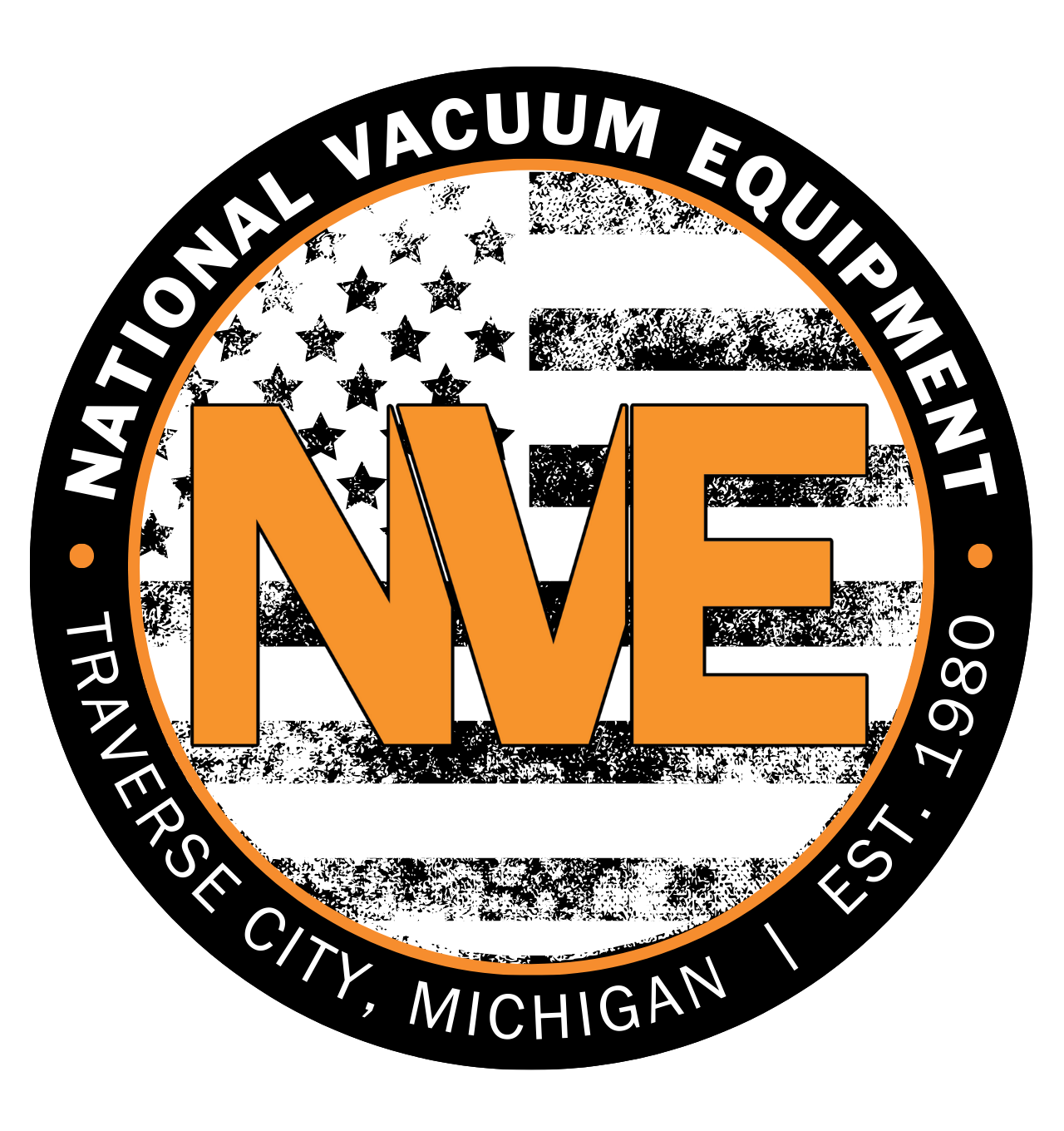
Foreign Workers 'Critical' to Local Employers
By Art Bukowski | June 1, 2024
A federal program that allows local businesses to use foreign workers is arguably more important than ever as businesses of all stripes desperately struggle to find staff.
There are dozens of different visas that foreign workers can secure to work in the United States. These visas cover a wide variety of job types and intent – some cover workers who seek permanent citizenship, others those who plan to return home after working – and they help fill tens of thousands of employment gaps across the country.
Several are used in our region in a variety of applications. Many who toil in local farm fields participate in the H-2A program, for instance, which is specifically for temporary agricultural workers.
And while H-2A has been of considerable importance to local farmers, you’d be hard pressed to find a program more impactful to the local economy than H-2B. This program is focused on seasonal, non-agricultural work and is used heavily by the local hospitality industry to plug holes in housekeeping, food service and much more.
Hundreds of these workers from dozens of countries (more than 80 countries are eligible, according to federal guidelines) are employed in the region during the peak season. And while they work at a variety of businesses, the majority are at local hotels and resorts. Leaders there can’t say enough about how vital these workers are to their operations.
“Over the last 10 years, this has become mission critical. For many positions, if we didn’t have (H-2B workers), we would be limited in what we could offer in terms of our business,” says Tim Norman, general manager of the Grand Traverse Resort. “We’d be offering less, be it in rooms or food and beverage or other services because we simply wouldn’t have the personnel.”
The Grand Traverse Resort aims to fill about 100 H-2B slots per year, with a lesser amount of J-1s mixed in. The latter is for workers in visitor programs that promote cultural exchange, with many J-1 workers being students.
That’s a big chunk of the 600 plus workers the resort needs during the peak season. But it’s necessary, Norman says, because finding local workers to fill those positions has proven to be quite literally impossible.
“We would much prefer to have a full-time, year-round, local person working in these positions and we just can't find the numbers we used to have,” he says.
It’s the same story wherever you go, particularly in the hospitality industry. And it’s getting worse, with hundreds of additional hotel rooms coming online over the next year or so.
“There's just not enough local people to do all of the work, and not just in hospitality, but all of the work in this area in general. It’s just a fact,” says Jennifer King, VP of Human Resources at Crystal Mountain. “We will hire every single domestic applicant that we get, and we still will not fill the need. And that's what this program was made for, to help employers fill the need.”
Over at the Delamar in Traverse City, they also make use of both H-2Bs and J-1s, but general manager Jordan Berkowitz much prefers the H-2Bs, which he calls a “godsend.” That’s in large part because the H-2B workers usually stay twice as long as J-1s.
Berkowitz says H-2B workers are “the most grateful, hardworking people you’ve ever seen in your life,” and he says he’d have to close portions of his hotel – or otherwise reduce service – without them.
“You just wouldn't be able to operate in northern Michigan without H-2Bs. There just isn't a talent pool up here big enough,” he says. “There’s no big metropolitan area, and on top of that there’s just too many hotels, too many restaurants, too many of everything, to the point where we’re fighting for a talent pool that’s already only probably 60 percent of what we need.”
Employers of H-2B workers are used to fighting misconceptions and misinformation about the program, much of it steeped in the often-inflamed rhetoric tied to immigration and anything that might impact American jobs.
“Often this subject gets lumped in with immigration, and it really shouldn't, because it really has nothing to do with immigration,” King says. “This is 100% about employers and employment.”
King points out that unlike other types of visas, the H-2B program is specifically a nonimmigrant program that sets time limits on how long workers can be in the country.
“They're here to do a job and support their families. They're not looking for an opportunity to stay in America forever. They're not looking for a path to citizenship,” King says. “They're looking to come here, work their season, support their family, and then go back home to their family.”
Among the biggest misconceptions are that these workers are providing cheap labor or taking American jobs. Everyone involved dismisses those suggestions.
“No one's saving money by doing H-2B workers. It's a very, very expensive endeavor,” says Trevor Tkach of Traverse City Tourism, which represents the hospitality industry. “So when people talk about taking jobs or it being a cheaper alternative, that’s just not the case.”
Employers have to cover housing costs for H-2B workers, along with transportation to and from their home country. That’s in addition to application and other fees paid to the government and considerable in-house and contracted costs (most large employers use an attorney) to navigate the program.
“At the end of the day, it’s thousands of dollars per employee that you’re investing to get them here, and that’s in addition to what you have to then pay them (to work),” Norman says. “We love our foreign workers, a lot of them are like family, but I would love to get rid of the thousands of dollars I’m spending to get them here and have them work here.”
King says it’s “infuriating” to hear people assume that employers are saving money by using foreign workers when the cost data shows an entirely different story.
“By no means whatsoever is this an opportunity for cheap labor,” she says.
As far as taking American jobs, King goes back to the point made by her and others – there aren’t enough willing American workers to fill those jobs in the first place.
“There’s this perception that we’re taking away American jobs. We work really, really hard to dispel that perception, because it’s absolutely not the case, but unfortunately it’s something that’s out there,” she says.
The federal government caps the number of workers allowed under the H-2B program to 66,000, split evenly between those who start in April and those who start in November. The cap has remained unchanged for decades, despite pressure from industry groups to raise it.
Functionally speaking, the cap means not all requests can be filled. The government handles requests via lottery, meaning an uncomfortable degree of uncertainty year after year.
“The greatest challenge with the program is there's no guarantee…that we will fill all our positions,” Norman says. “Even if you fill out all the documentation properly, do everything correct, it’s a massive unknown. You just don't know what you will or won't get. You follow the steps and you hope for the best.”
Editor's Note: This is a condensed version of a much more in-depth story included in the June issue of the Traverse City Business News, sister publication of The Ticker. Click here to subscribe, or click here to find out where you can pick up a copy.
Comment







